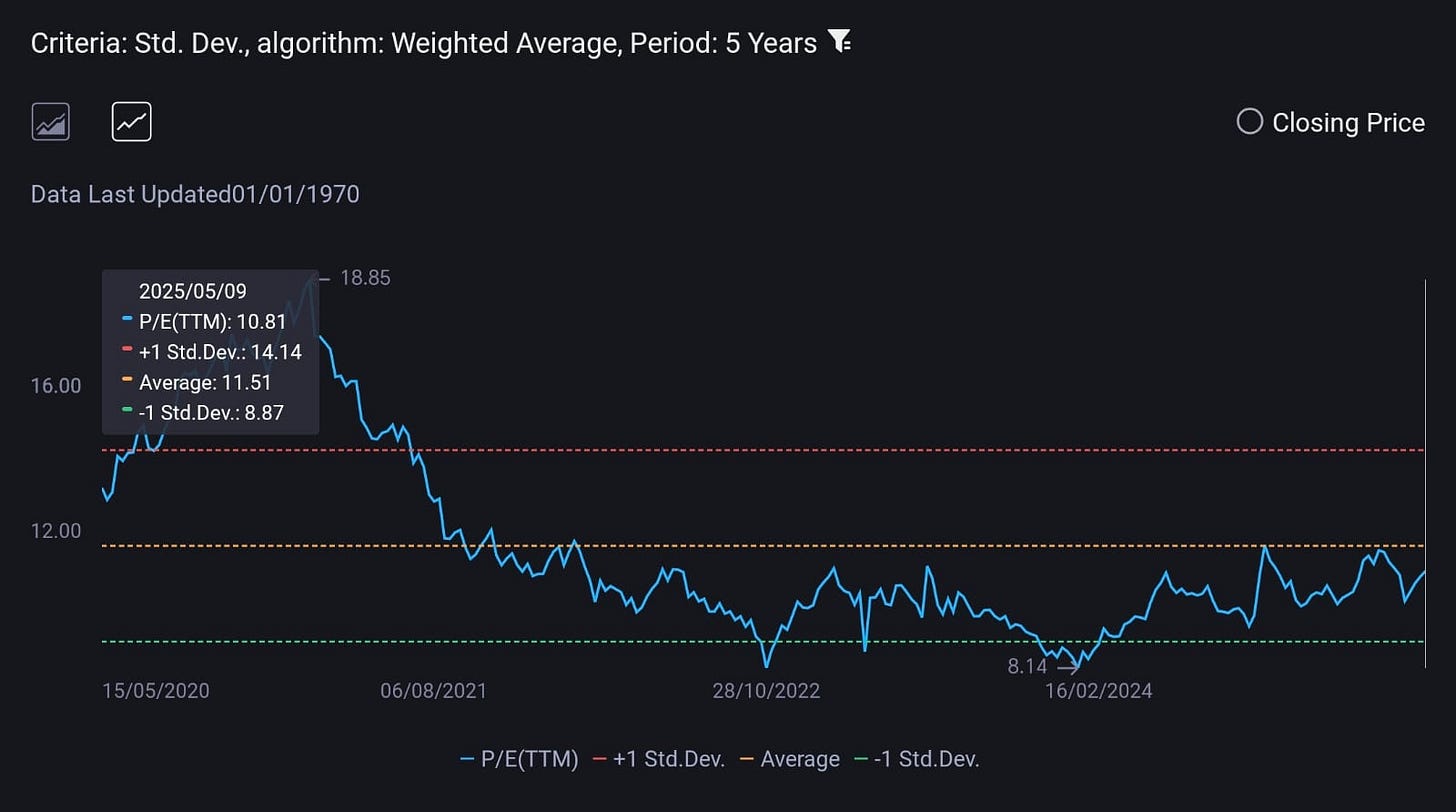HK Stocks Surge 3% on Temporary US-China Trade Truce — Too Soon to Cheer?
From China’s initial refusal to engage with the U.S. on trade to both sides eventually meeting in Switzerland, it was already seen as a positive first step that the two superpowers were finally talking again.
Expectations were low going into the meeting. After all, it wasn’t Presidents Trump and Xi at the table, but U.S. Treasury Secretary Scott Bessent and China’s Vice Premier He Lifeng. Most market participants assumed the session would be more symbolic than substantive.
But in a surprise turn of events, both sides reached a deal.
The U.S. agreed to slash its punitive 145% tariff on Chinese imports down to 30%, while China will reduce its 125% duties on American goods to 10%. These adjustments are set to last for 90 days.
Markets were clearly not pricing in such a breakthrough. The announcement triggered a strong rally—Hong Kong’s Hang Seng Index jumped nearly 3%. The MSCI China Index and the Hang Seng Tech Index rallied 4% and 5% respectively.
Looking into the Hang Seng Index components, only 9 out of 82 stocks ended the day in the red. The biggest winners were in electronics manufacturing: Sunny Optical, BYD Electronic, Lenovo, and Haier surged between 8% and 15%. EV stocks like BYD and Li Auto also saw gains of around 7%. E-commerce giants JD.com and Alibaba rose about 6%.
Despite the euphoria, some investors remain cautious. They argue that the core trade tensions haven’t been resolved, and this truce merely buys time. A 90-day window may not be enough to change the underlying dynamics between the two nations.
In our view, trying to forecast what Trump or Xi will do next—or where the market will go—is an exercise in futility. At best, our predictions will be right half the time. A more reliable approach is to stick to valuation and follow our investment process.
Looking at fundamentals, China stocks still offer value. Even after the rally, the Hang Seng Index is trading at around 11.1x earnings, based on the latest data after the 3% rise. This remains slightly below the 5-year average of 11.51x, suggesting that prices are still reasonable.
Valuations for some major China tech names also appear attractive:
Alibaba (9988): PE 17x vs 5-year average of 29x
JD.com (9618): PE 9x vs 5-year average of 20x
NetEase (9999): PE 17x vs 5-year average of 23x
Baidu (9888): PE 9x vs 5-year average of 32x
For dividend investors, China’s bank stocks are still yielding more than 5%.
Admittedly, yields were even higher last year—but back then, the outlook was far murkier. Many investors were still calling China “uninvestible,” expecting further economic deterioration. In hindsight, those fears were overly pessimistic.
The truth is, buying during the worst times requires the courage to go against the dominant narrative and prevailing sentiment. And that’s easier said than done.
Fast forward to today: there’s still hesitation about whether this rally is sustainable. We can keep guessing—or we can take action.
Yes, some stocks are clearly overvalued and should be avoided. But if you’re willing to dig deeper and be discerning, there are still opportunities to be found. It isn’t too late.
We don’t know what will happen after the next 90 days. For this rally to continue, there must be more positive progress—or the optimism could fade quickly. But what we do know is that markets never move in a straight line. Stocks will pull back from time to time.
And those pullbacks? They often create the best buying opportunities—if you have the wisdom and the courage to take action.







